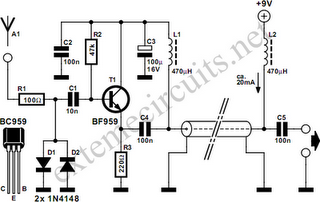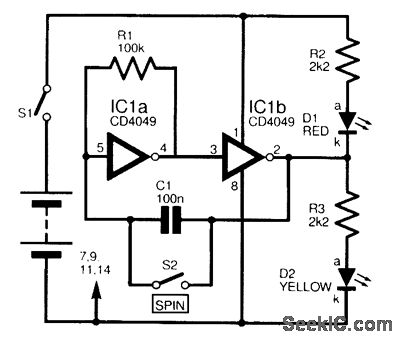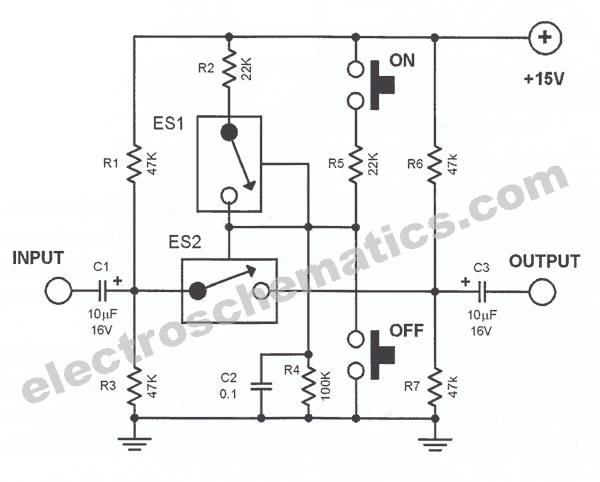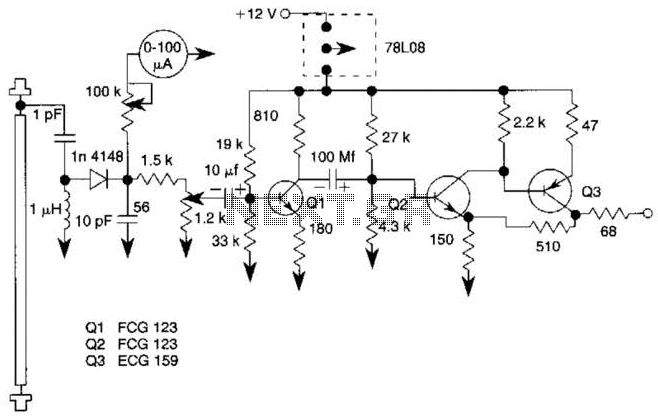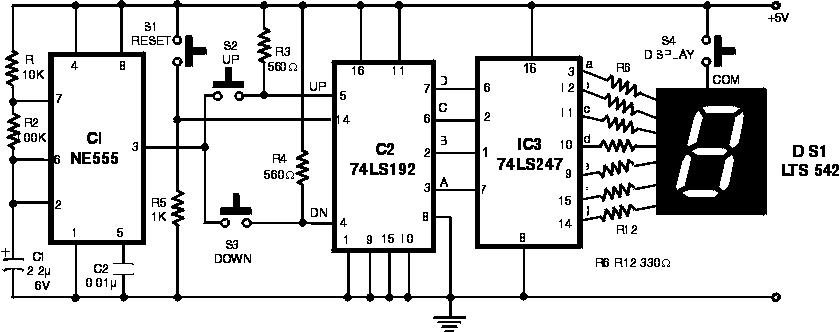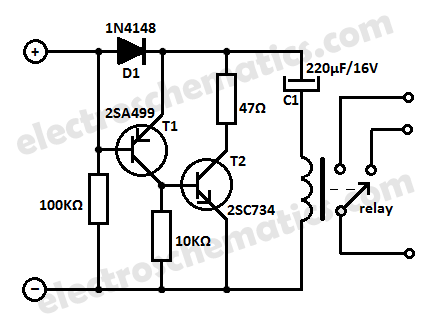
Toy police car circuit
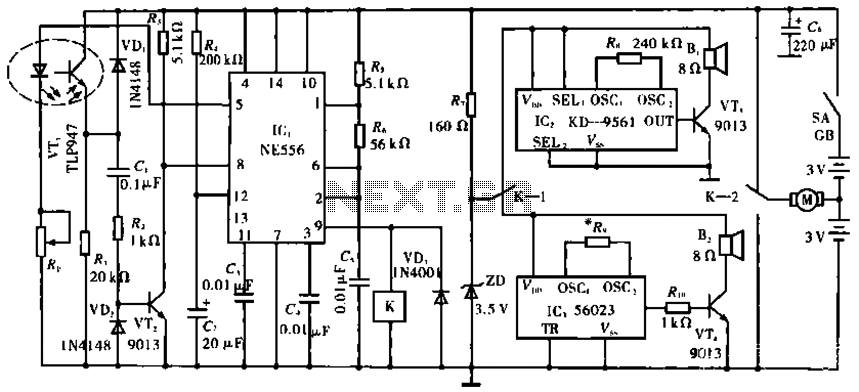
The circuit operates with VT1, which is an integrated infrared receiver, utilizing a red-emitting diode for perimeter triode reception. IC1 (NE556) functions as a dual timer, with R5, R6, and C5 forming an oscillation circuit that generates a frequency of approximately 1,200 Hz. This signal is used to drive the infrared emitting diode, which emits modulated infrared light. The infrared receiver diode, along with components R1, C1, R2, and VT2, constitutes the photoelectric conversion and pulse trigger circuit.
The described circuit employs a combination of an infrared emitting diode and an integrated infrared receiver to facilitate remote sensing applications. The NE556 integrated circuit serves as the timing element, configured to produce a square wave output at a frequency of around 1,200 Hz. This oscillation is critical for modulating the infrared light emitted by the diode, allowing for effective communication or sensing over a specified distance.
The infrared emitter, driven by the oscillation from the NE556, generates pulses of infrared light that can be detected by the infrared receiver circuit. The receiver, consisting of the infrared receiver diode and additional passive components (R1, C1, R2), is responsible for detecting these modulated signals. The photoelectric conversion process converts the received infrared light pulses into electrical signals, which are then processed by the pulse trigger circuit formed by VT2.
The overall design is suitable for applications such as remote control systems, motion detection, or any scenario requiring non-contact sensing. The use of modulation in the infrared light helps minimize interference from ambient light sources, enhancing the reliability of the system. The choice of components, including the NE556 timer and the specific resistor and capacitor values, allows for precise control over the timing and frequency characteristics of the circuit, making it adaptable for various operational requirements.Circuit works: VT1 is integrated infrared receiver, the red-emitting diode Xiao perimeter triode reception. IC1 (NE556) is a dual time base manifold by R5, R6, C5, composed of an oscillation circuit, the oscillation frequency is about 1 200 Hz, by 5 feet to
drive the infrared emitting diode emits modulated infrared light. Infrared receiver diode R1, C1, R2, VT2 composition infrared receiver, photoelectric conversion and pulse trigger circuit.
The described circuit employs a combination of an infrared emitting diode and an integrated infrared receiver to facilitate remote sensing applications. The NE556 integrated circuit serves as the timing element, configured to produce a square wave output at a frequency of around 1,200 Hz. This oscillation is critical for modulating the infrared light emitted by the diode, allowing for effective communication or sensing over a specified distance.
The infrared emitter, driven by the oscillation from the NE556, generates pulses of infrared light that can be detected by the infrared receiver circuit. The receiver, consisting of the infrared receiver diode and additional passive components (R1, C1, R2), is responsible for detecting these modulated signals. The photoelectric conversion process converts the received infrared light pulses into electrical signals, which are then processed by the pulse trigger circuit formed by VT2.
The overall design is suitable for applications such as remote control systems, motion detection, or any scenario requiring non-contact sensing. The use of modulation in the infrared light helps minimize interference from ambient light sources, enhancing the reliability of the system. The choice of components, including the NE556 timer and the specific resistor and capacitor values, allows for precise control over the timing and frequency characteristics of the circuit, making it adaptable for various operational requirements.Circuit works: VT1 is integrated infrared receiver, the red-emitting diode Xiao perimeter triode reception. IC1 (NE556) is a dual time base manifold by R5, R6, C5, composed of an oscillation circuit, the oscillation frequency is about 1 200 Hz, by 5 feet to
drive the infrared emitting diode emits modulated infrared light. Infrared receiver diode R1, C1, R2, VT2 composition infrared receiver, photoelectric conversion and pulse trigger circuit.
Warning: include(partials/cookie-banner.php): Failed to open stream: Permission denied in /var/www/html/nextgr/view-circuit.php on line 713
Warning: include(): Failed opening 'partials/cookie-banner.php' for inclusion (include_path='.:/usr/share/php') in /var/www/html/nextgr/view-circuit.php on line 713
